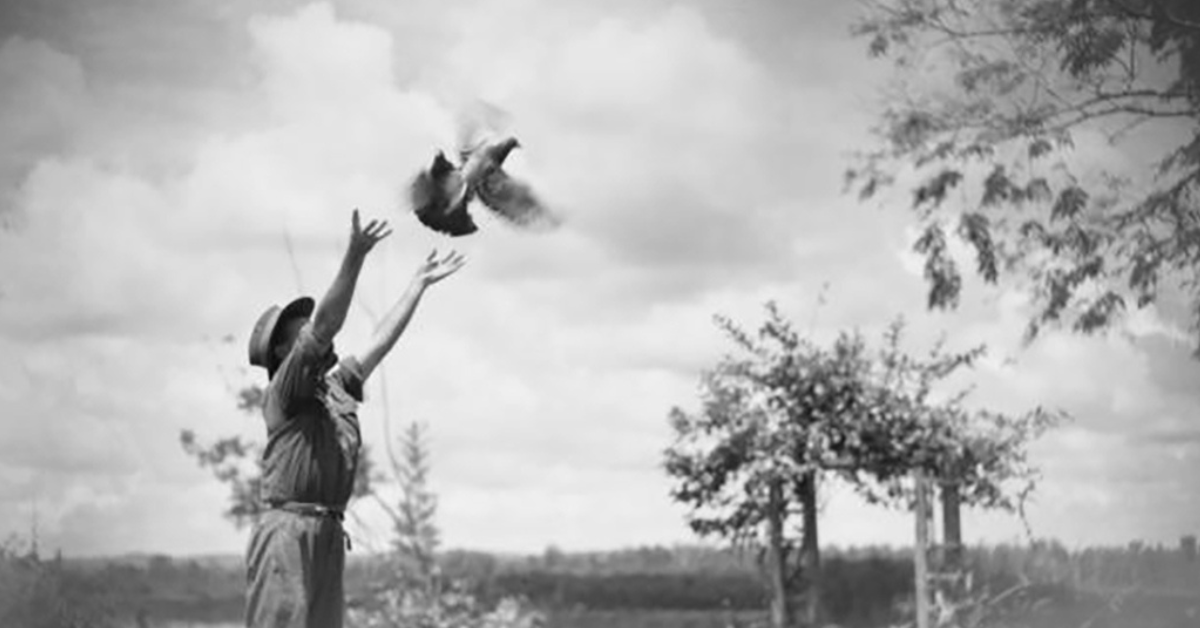Did you know that Caboolture Historical Village has Australia’s only dedicated war pigeon memorial, honouring the remarkable carrier pigeons whose wartime message-carrying saved countless soldiers’ lives during World War I and II?
Caboolture Honours Winged Messengers
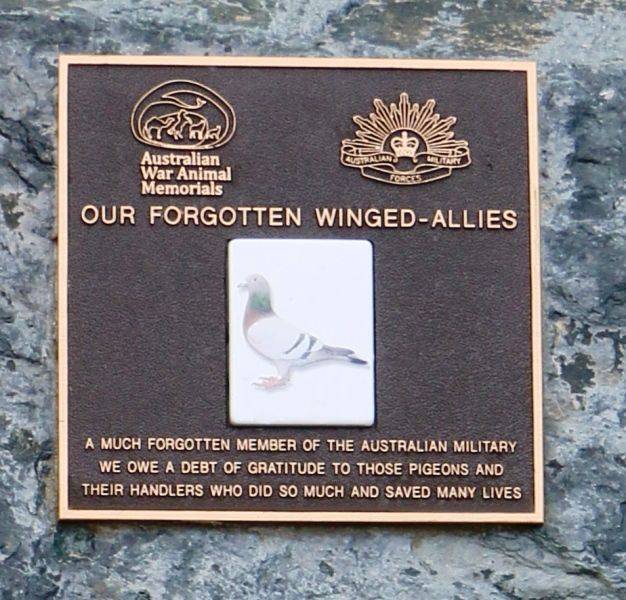
The special bronze plaque commemorating these feathered heroes was formally presented in 2014 September during an event attended by around 1500 people at the Caboolture Historical Village. This site also hosts the South Pacific Rim’s only war pigeon museum. The Australian War Animal Memorial Organisation (AWAMO), led by President Nigel Allsopp, played a key role in establishing the memorial.
During the presentation, Mr Allsopp highlighted war pigeons’ incredible achievements and life-saving missions. AWAMO also provided a plaque honouring all war animals and donated posters for the museum’s display, reinforcing the community’s recognition of animal contributions to defence efforts. National Day for War Animals, observed each year on 24 February, further marks the deeds and sacrifices of these animals.
The Science and Skill of Homing Pigeons
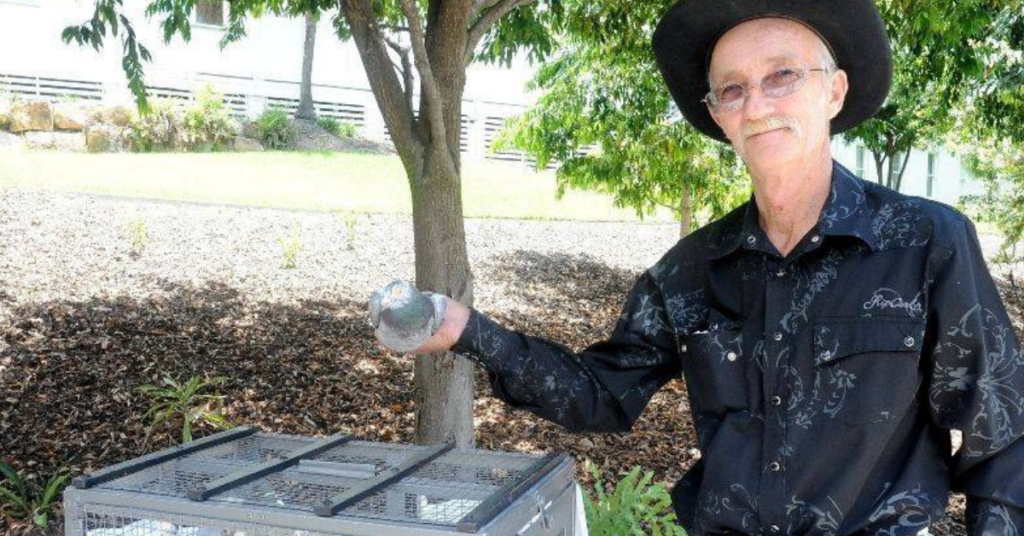
Homing pigeons possess an amazing natural ability to find their way back to their home loft over vast distances, a skill vital in wartime. While not fully understood, scientists believe they might use the Earth’s magnetic field, keen eyesight and memory for landmarks to navigate. However, they struggled to fly in darkness or heavy fog. In conflict situations, pigeons offered numerous advantages.
They were small, easy to transport, required little food, and flew quickly, averaging speeds around 90 kilometres per hour over moderate distances. Unlike human messengers or dogs, they were less likely to be distracted and, if captured, offered no clues about their origin or destination. Messages were typically carried in small containers attached to their legs or in pouches on their backs.
Pigeons on the Front Lines
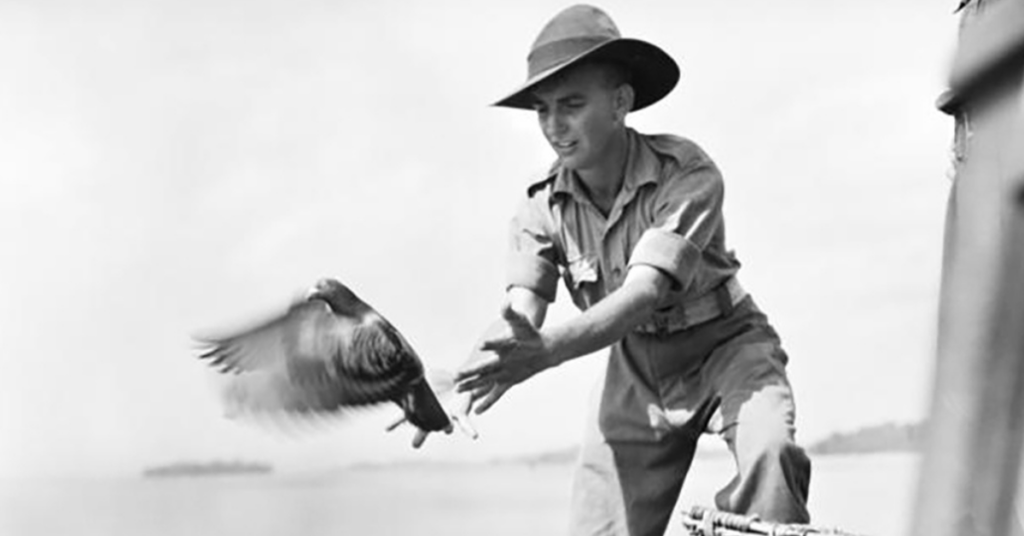
Carrier pigeons were used extensively during World War One, proving especially useful for sending messages from front-line trenches back to headquarters when other communication methods failed or were unavailable. The British Expeditionary Force managed a Carrier Pigeon Service, keeping birds in fixed lofts built in sheds or houses or in mobile, vehicle-drawn lofts that could be moved with the troops.
Handlers followed strict feeding and training routines. Important messages were often sent using two separate birds released a minute apart to increase the chances of success. Highly secret information was written in code, as pigeons faced dangers, including being shot down by enemy soldiers, getting lost in bad weather, or succumbing to exhaustion.
Australia’s Own Pigeon Service
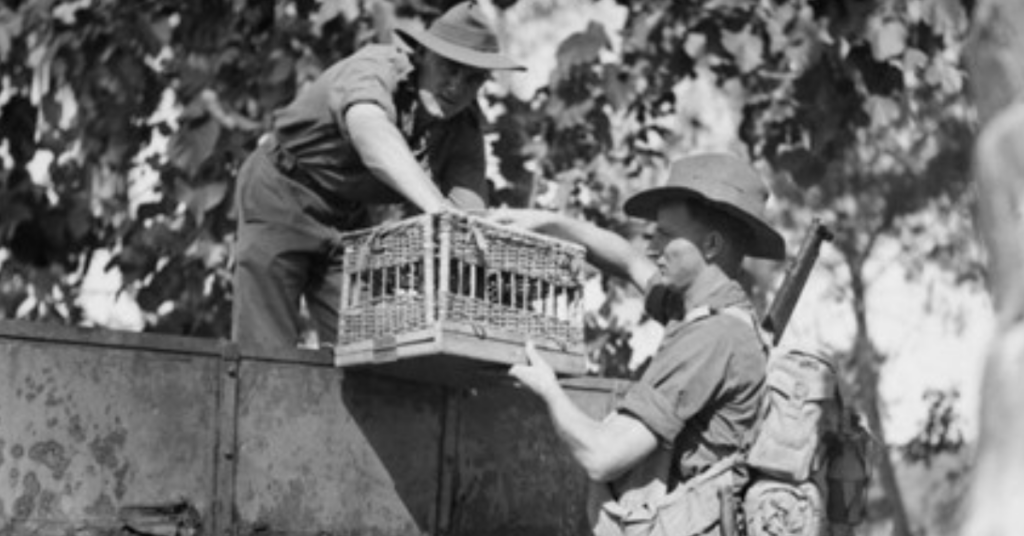
Although advancements in technology like radar and wireless existed by World War II, the military soon realised these systems could fail, especially in difficult conditions. This led to the reinstatement of message-carrying pigeons. Facing a potential invasion threat, Australia established the Australian Corps of Signals Pigeon Service in 1942 after successful trials showed pigeons could provide reliable alternative communication.
Civilian pigeon fanciers largely staffed the service. A nationwide appeal resulted in patriotic Australians donating over 13,500 homing pigeons. Initially used for communication between Australia’s coastal defences and observation posts, the service expanded significantly.
Pigeon sections were sent to support operations overseas, including the 8th Australian Pigeon Section, which was dispatched to Port Moresby in December 1942 for the Kokoda Trail campaign. They proved valuable in the challenging jungles of New Guinea, operating in areas like Tarakan, Bougainville, and New Britain.
Army lofts were established locally to breed pigeons suited to the difficult tropical environment, which included mountainous terrain, heavy rain, mist, and feather lice. Pigeons were fed a specific diet and regularly treated with DDT pesticide to combat lice. Personnel across different units, including infantry and water transport schools, were trained in pigeon care.
Medals for Gallantry
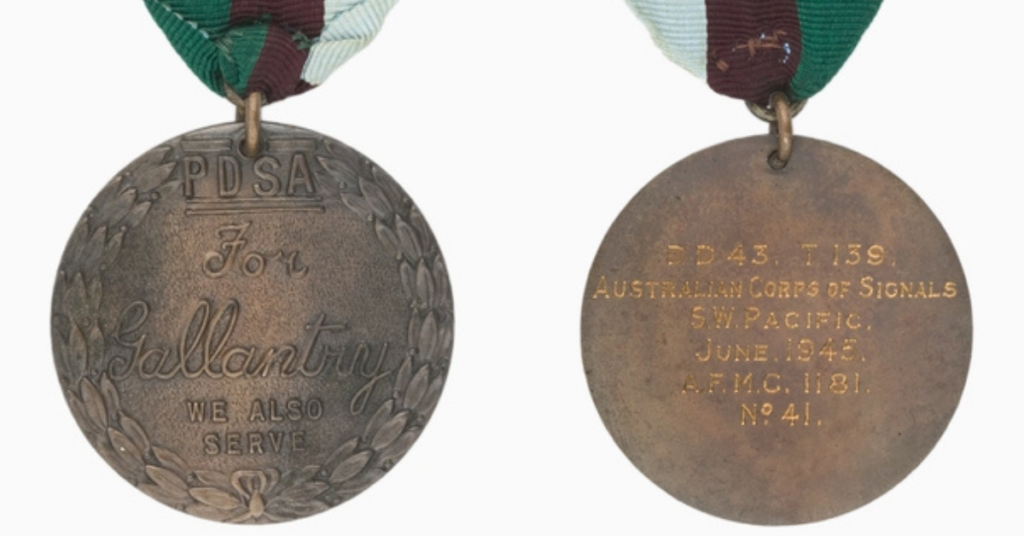
The bravery shown by war animals was formally recognised through the PDSA Dickin Medal, established in the United Kingdom in 1943 by Maria Dickin. Often called the “animals’ Victoria Cross,” this bronze medal honours “conspicuous gallantry or devotion to duty.” Between 1943 and 1949, an impressive 32 pigeons received this award, more than any other animal group (compared to 18 dogs, 3 horses, and one cat).
Two Australian pigeons were among the Dickin Medal recipients. Blue Bar Cock Pigeon No. 139 earned the award for a flight during a severe tropical storm near Madang, New Guinea, on 12 July 1945. It carried a crucial message from a sinking army boat carrying valuable supplies and flew 64 kilometres in just 50 minutes.
The message, “Engine Failed. Wash on to beach… Send help immediately,” allowed a rescue ship to salvage the vessel and its cargo. This pigeon had already completed 23 operational flights. The bodies of the two Australian Dickin Medal winners were later returned to Australia for display at the Australian War Memorial.
Other pigeons also performed heroically without receiving the medal. In another incident on Bougainville in July 1945, Captain Stuart McDonald’s company was cut off by enemy forces with communication lines severed. On the third day, they released two pigeons carrying a message requesting artillery support.
The pigeons successfully delivered the message, leading to the crucial shelling of the enemy position and enabling the company’s survival. Captain McDonald was subsequently awarded the Military Cross for his actions during this engagement. These stories demonstrate the vital communication link pigeons provided, often under extreme danger.
Published Date 11-April-2025
Photo Credit: RSL Queensland




